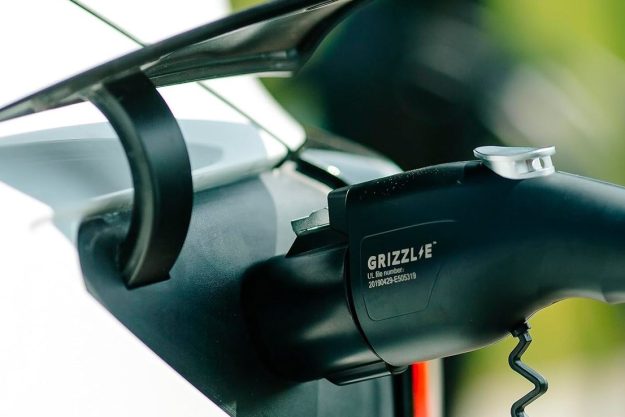
Looks like Toyota isn’t the only Japanese automaker ready to tackle hydrogen fuel-cell production cars for 2015. Honda today unveiled a sketch of its FCEV (fuel cell electric vehicle) concept scheduled for debut at the 2013 LA Auto Show.
Although the image of the FCEV Concept rather grainy, Honda assures us that the FCEV, which we hope will be given a better name before it goes on sale, will be going on sale in the U.S. and Japan in 2015. From the looks of the high-concept image, the FCEV could be a sportier hydrogen car than we’ve ever seen before.
“The Honda FCEV Concept demonstrates the company’s vision for the future of personal mobility and our commitment to developing advanced alternative fuel vehicles,” said senior vice president of American Honda Motor Co., Inc. Mike Accavitti in prepared statement. “As we work toward the introduction of our next-generation fuel-cell vehicle in 2015, our long-term experience with fuel-cell technologies will help us pave a way towards a zero-emissions future.”
As you may well know, we here at Digital Trends are fans of fuel-cell technology. We are rather excited to see Honda poised to take on Toyota in the hydrogen hustle. Just last week, we saw the images of the Toyota FCV Concept, which Toyota says displays its nearly production-ready mass-market hydrogen car.
Japanese automakers are hoping hydrogen can have the same societal and sales significance as hybrids did earlier last decade. Many of you have pointed out in recent comments that the infrastructure for hydrogen simply isn’t there yet for the fledgling fuel source to make an impact.
This might be technically true, but it ignores a big push from not only states like California – but also from fuel companies like Shell – to quickly grow the hydrogen fueling infrastructure.
Remember, owning a gasoline-powered car 100 years ago was quite a chore, as stations were few and far between. That didn’t stop internal combustion from taking over, though. Hydrogen fueling infrastructure will expand much faster than gasoline did – and with much more forethought to station placement, as to better serve the fuel-cell fleet.
We’re eager to see what exactly Honda’s answer to Toyota’s FCV will entail. And we’ll know more Wednesday morning next week when we’re on the 2013 LA Auto Show floor. So be sure to check back for updates.


